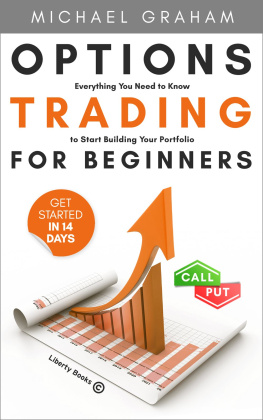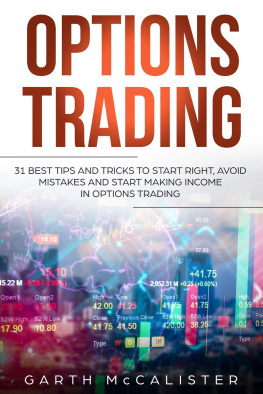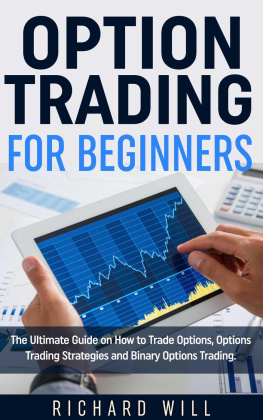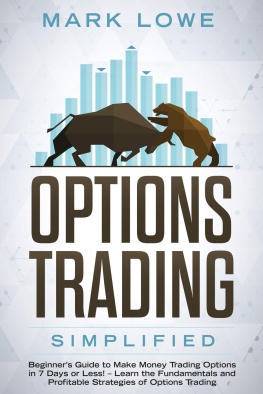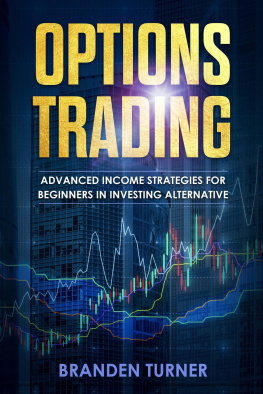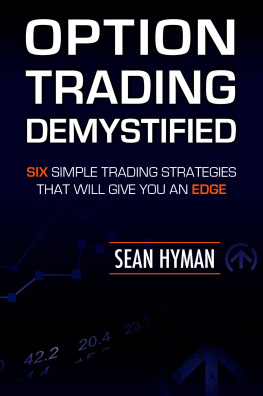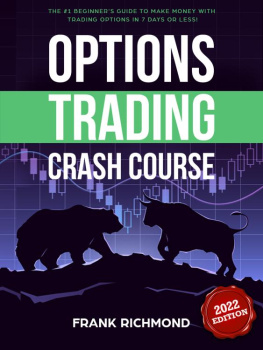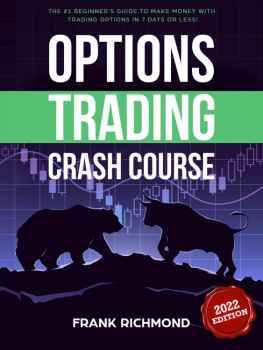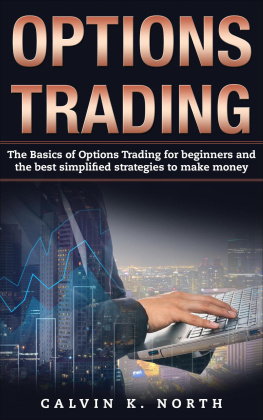Copyright 2020 - All rights reserved.
The content contained within this book may not be reproduced, duplicated or transmitted without direct written permission from the author or the publisher.
Under no circumstances will any blame or legal responsibility be held against the publisher, or author, for any damages, reparation, or monetary loss due to the information contained within this book, either directly or indirectly.
Legal Notice:
This book is copyright protected. It is only for personal use. You cannot amend, distribute, sell, use, quote or paraphrase any part, or the content within this book, without the consent of the author or publisher.
Disclaimer Notice:
Please note the information contained within this document is for educational and entertainment purposes only. All effort has been executed to present accurate, up to date, reliable, complete information. No warranties of any kind are declared or implied. Readers acknowledge that the author is not engaging in the rendering of legal, financial, medical or professional advice. The content within this book has been derived from various sources. Please consult a licensed professional before attempting any techniques outlined in this book.
By reading this document, the reader agrees that under no circumstances is the author responsible for any losses, direct or indirect, that are incurred as a result of the use of information contained within this document, including, but not limited to, errors, omissions, or inaccuracies.
TABLE OF CONTENTS
INTRODUCTION
W elcome to the exciting world of professional options trading! Options Trading: A Beginners Guide to Highly Profitable Option Trades - Proven Strategies, Trading Tools, Rules, and Money Management provides a comprehensive overview of the investment world and a detailed insiders view of what options trading is and how you can benefit from developing your expertise in this area.
In the modern workplace, independence, autonomy, and initiative have been transformed from job skills that can set you apart from the crowd into necessary skills we all need to survive and thrive in the modern professional workplace. Traditionally, the main concerns of every employee were contained entirely within his or her job description. Constant, rapid changes spurred by the growth of the information technology industry have resulted in decentralized workplaces in which we are empowered with the tools and resources to look after our own interests.
If youre like most people, youre accustomed to a human resources department that employs financial experts who are paid to ensure your retirement and savings plans are professionally managed. As the responsibility for managing retirement savings shifts more and more onto the individual employee, learning about the financial tools available to you has become increasingly important.
We are glad you have taken steps to increase your financial literacy by reading Options Trading. This book will provide guidance and detailed information about how to increase the value and security of your investment portfolio. Features include:
A glossary of financial terms
An overview of the different types of investments
A detailed analysis of how options contracts work
Several examples of different options trading strategies
Dos and donts of the options trade
Again, congratulations on your decision to pursue the exciting opportunities awaiting you as a professional options trader!
GLOSSARY OF TERMS
B y reading this document, the reader agrees that under no circumstances is the author responsible for any losses, direct or indirect, which are incurred as a result of the use of information contained within this document, including but not limited to, errors, omissions, or inaccuracies.
Investment Terminology for the Options Trader
Options traders occupy a privileged niche in the world of investing. The options trader uses a combination of knowledge, training, experience, and expertise to enhance his or her ability to find ways to make the stock market a place where his or her time and effort is repaid. Knowledge of the options trade provides an avenue by which any investor can not only transform his or her existing financial portfolio into a more fully developed, diversified, and higher-paying collection of assets, but also learn to generate additional income completely independent of more traditional investment in underlying securities, such as stocks, bonds, and commodities.
Yes, options trading does require some knowledge of how the markets work, but with the right preparation and a diligent and disciplined approach, any skilled investor can make options trading lively, interesting, exciting, and rewarding. Perhaps more than any other area of investing, professional options traders have developed a language unique to their niche of investing. This book is written for the beginning options trader, so we have used language that is plain and straightforward wherever possible. Of course, part of the fun of options trading is learning to speak this new language. This chapter consists of a glossary of terms used in this book. Many of the terms are relevant throughout the entire investment world; many others are specific to options trading; most of them receive more in-depth treatment, including specific examples and illustrations, in corresponding chapters of this book. This glossary is intended as an easy and convenient reference to help you gain mastery as a professional options trader. The list of terms in this glossary is neither exhaustive nor absolute, and we encourage you to continue building your own glossary alongside ours, especially when you encounter any new additions to the already vibrant vocabulary of todays professional options trader.
Asset: an asset is an economic resource owned by a company or individual. The opposite of an asset is a liability. Different types of assets include current assets, such as cash, accounts receivable, and inventory; fixed assets, such as buildings and equipment; financial assets, such as stocks and bonds; and intangible assets, such as trademarks and patents.
Assignment: an assignment is a notice received by the holder of an option contract that requires the holder to either sell (for a put option) or buy (for a call option) the underlying assets represented in the contract.
At-the-money (ATM): a term used to describe the relationship between the strike price in an options contract and the current trading price of the shares of the underlying asset. When the strike price is the same as the current market value, the option is at-the-money.
Automatic exercise value: the value of the underlying asset of a capped style options contract at a time of day specified by the options market in which the option is being traded. The term is used only in reference to capped options.
Bear: a bear market is characterized by an overall decline in the value of stocks; investors who are bearish on a given stock expect the stock to decline in value and will look for a way to profit from this declining value.
Bond: a type of very large loan issued to governments or corporations for large infrastructure or expansion projects. Individuals investors may act as the lender by purchasing a bond for a portion of the total amount borrowed. The bond contains the terms of the loan repayment, and the bondholder receives repayment of the principal plus interest.
Bull: a bull market is characterized by a general increase in the value of stocks; investors who are bullish on a given stock expect the stock to increase in value and will look for a way to profit from this increasing value.

